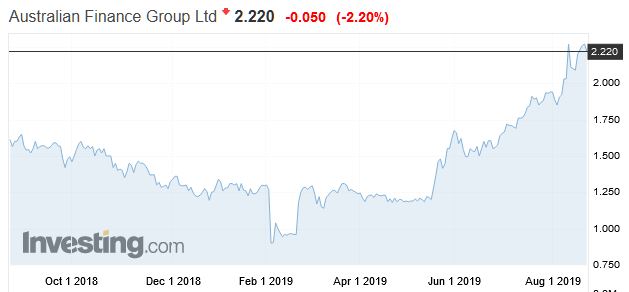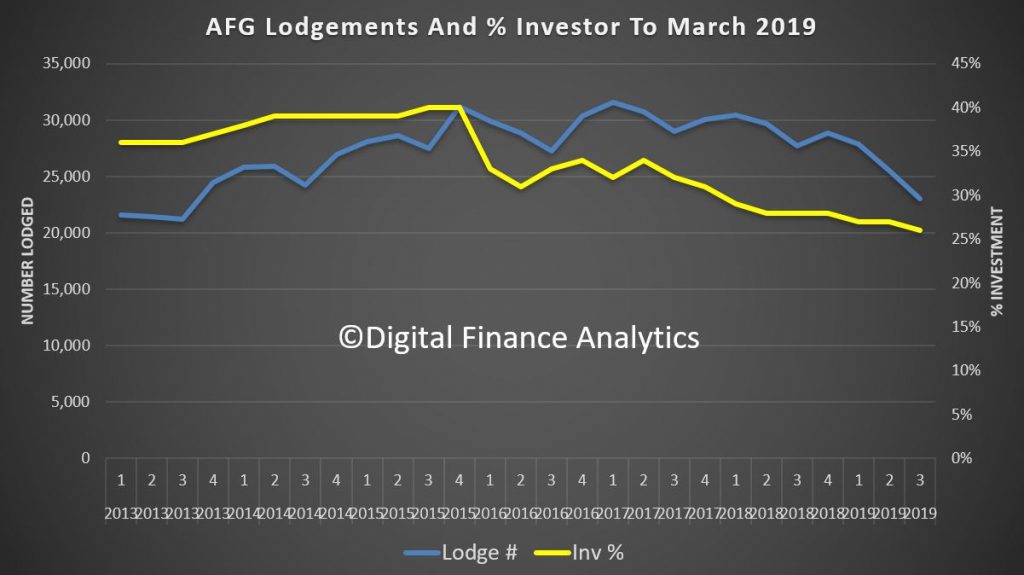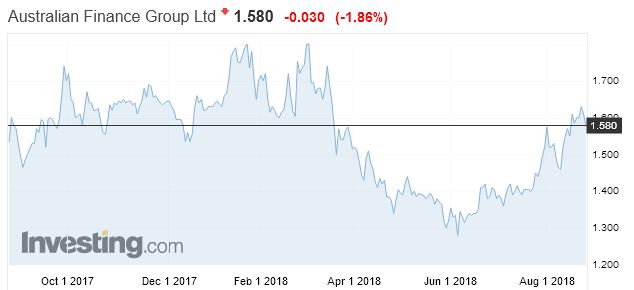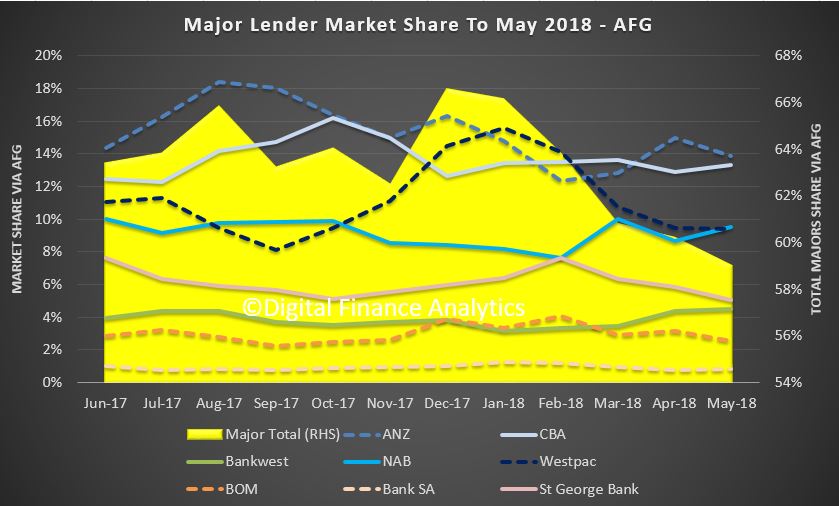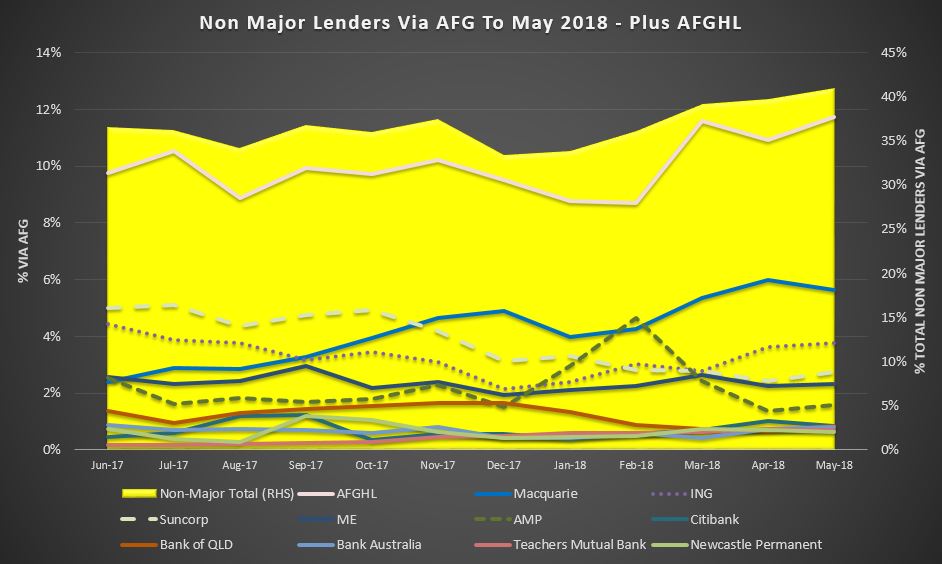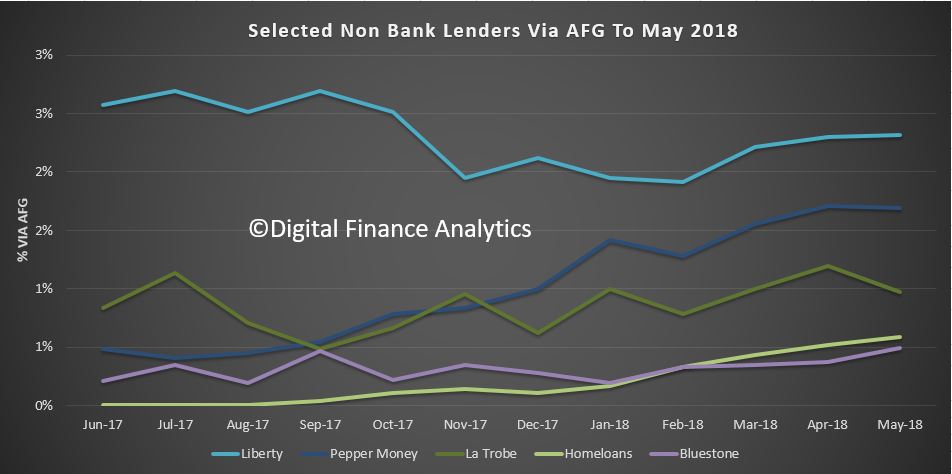The ACCC has raised preliminary competition concerns about the proposed acquisition of Connective Group Pty Ltd (Connective) by Australian Finance Group Ltd (ASX:AFG).
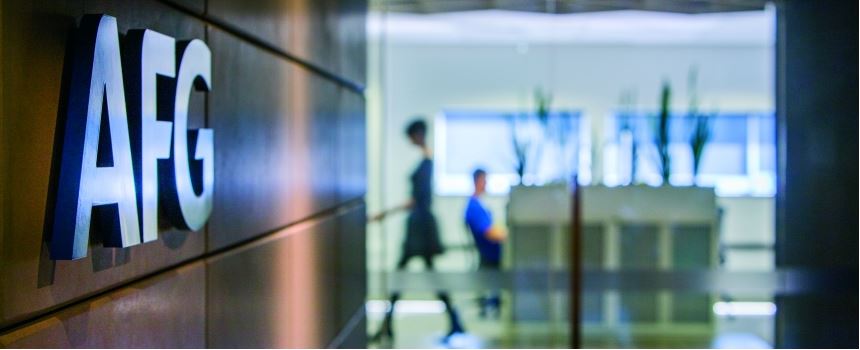
AFG and Connective are mortgage aggregators that act as intermediaries between lenders and their affiliated brokers.
“Combining AFG and Connective would create the largest mortgage aggregator in Australia by a significant margin, accounting for almost 40 per cent of all mortgage brokers operating in Australia,” ACCC Chair Rod Sims said.
More than half of all home loans written each year are initiated through the broker channel, and brokers play an important role for consumers when seeking a home loan and for lenders in reaching those consumers.
“AFG and Connective operate in an already concentrated market, and not many other mortgage aggregators offer a similar level or type of service. Additionally, potential entrants or small players may be deterred from expanding by various barriers, including compliance costs,” Mr Sims said.
“The ACCC is concerned there will be limited similar alternatives for brokers to switch to. This may negatively impact the services offered to brokers.”
The ACCC has published a statement of issues and is seeking further information about the supply of mortgage aggregation and distribution services, and the supply of home loans in Australia. The ACCC invites further submissions from interested parties in by 5 March 2020. The final decision will be announced on 7 May 2020.
Further information is available at Australian Finance Group Ltd – Connective Group Pty Ltd.
Background
AFG and Connective provide brokers with access to a panel of lenders, and provide panel lenders access to affiliated brokers to distribute loans. Generally, a broker will be affiliated with one mortgage aggregator at a time, while lenders tend to sit on a number of mortgage aggregator panels.
AFG and Connective also offer brokers various support services to assist them to run their businesses. This includes customer relationship management software that provides brokers with the ability to compare products from the lender panel and assist in the lodgement of loan applications.
AFG and Connective also offer white-label or own-branded loan products under their respective brands. These products are mostly funded by third party lenders, however, AFG also offer loan products funded by its securitisation program.

